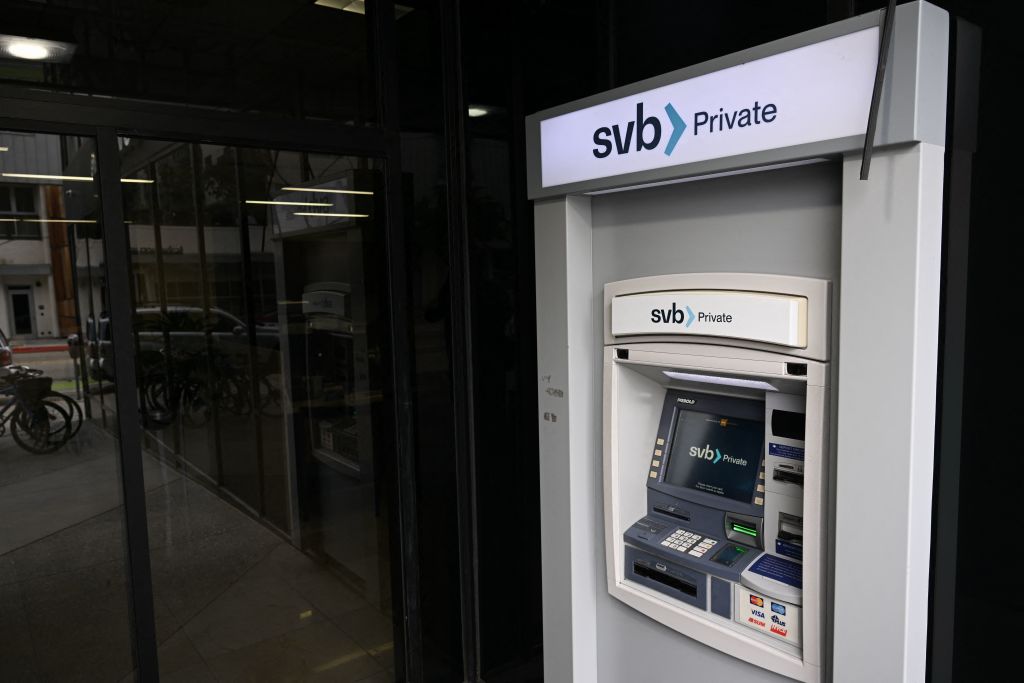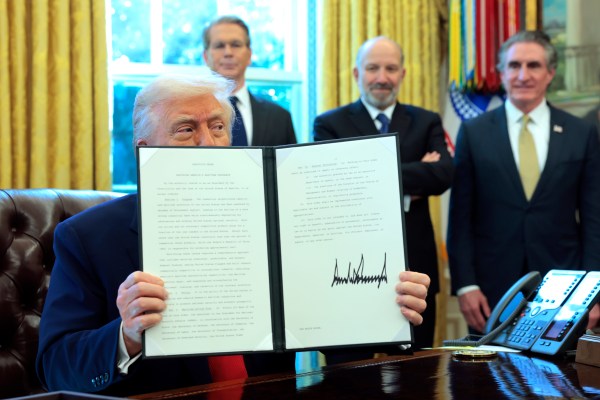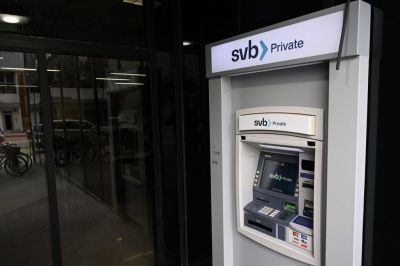When we talk about regulation, we tend to talk about whether an industry is heavily regulated or lightly regulated, and our progressive friends have a tendency to claim that an industry has been “deregulated” even when the number and pages of regulations on the books is greater after the “deregulation” than it was before.
Rather than talk about whether we have too much or too little regulation with regard to any given industry or activity, we ought instead to talk about whether we have good regulations or poor ones. You’d think that would be obvious enough, but, judging by our political debate, it is not.
Take the recent turmoil in the banking world following the collapse of Silicon Valley Bank. The troubles at SVB were not particularly complex or unforeseeable: The bank had an unusually large share of its capital locked up in U.S. Treasury bonds, which are generally considered the gold standard of low-risk, bulletproof investments—and they are that, most of the time.
The problem at SVB was (allow an English major to simplify, but only slightly) that they had bought those bonds at a time when interest rates were very low, which made those bonds liable to lose much of their value if interest rates were to increase—say, as part of a Federal Reserve campaign to beat down inflation. The term of art is “interest-rate risk,” but what’s really meant in this case is that nobody wants to buy U.S. Treasury bonds paying 2 percent if the same U.S. Treasury, backed by the same full faith and credit of the United States government, is offering identical bonds at 5 percent. Banks have to keep some savings (“capital cushion”) on hand to be able to pay depositors who want to withdraw money, and the value of SVB’s capital crashed as the Fed raised interest rates.
This was not only foreseeable—it was foreseen. And it is not as though the Fed snuck up on SVB. Greg Becker, the company’s CEO, had been on the board of the San Francisco Fed. One way of looking at that is that the bank was (partly) in charge of the regulator; another way of looking at that is that the regulator was (partly) in charge of the bank. In any case, there was lots of regulation—oodles of regulation, tons of the stuff—but insufficient oversight. No amount of abstract regulation, no matter how well-intentioned or well-crafted, will provide an adequate substitute for regular examination of the actual situation of actual banks and robust, speedy response to emerging risks.
There are situations in which what is desired and expected is minimal regulation and a dynamic, innovative marketplace with lots of opportunity and lots of risk. An example of this would be California’s famous venture-capital ecosystem, the little galaxy of firms and individuals centered on Sand Hill Road, unicorn hunters who roll the dice on big ideas in the hopes of outsize returns. If you have $1 billion sitting around to invest, chances are you’ve already maxed out your IRA and every obvious kind of investment—it is work investing by the billion—and if you risk $100 million on a couple of Stanford dropouts who are looking to 3-D print woman-empowering lingerie at an as-yet unbuilt facility on Bouvet Island—well, you’ll still have $900 million to lose if that doesn’t work out. But if you have that $900 million in a bank, you want the bank deposits to carry less risk than your venture-capital investments.
In venture capital, we have relatively light regulation with good results. In gas exploration, to take a good example, we have relatively heavy regulation with generally good results; gas producers I have interviewed in Pennsylvania say that the regulatory burden under which they work is by no means trivial, but it is, in general, intelligently conceived and responsibly administered by the state environmental authority: heavy regulation, good results. In banks, we get the worst combination: heavy regulation, poor results.
If you are a regular guy with a $72,000-a-year household income, then you probably aren’t looking to court venture-capital levels of financial risk. You’d probably prefer to have a bank you could put your money in that you have confidence will be able to give you your money back. Banks, insurance companies, utilities, nuclear-power plants—you don’t want those to be exciting.
A reasonably competent bank examiner could have looked at SVB’s portfolio and said, “Hey, jackasses, you may have read in the Wall Street Journal that inflation has been a thing for a while now and that the Fed is raising interest rates in response to that inflation, which means that your balance sheet is about to get hammered but good.” But, in spite of all the regulations on the books, all the costs imposed by the necessities of complying with and administering those regulations, and all the layers of regulation that have nothing to do with banking performance per se (ESG, etc.) on top of that—boom goes the bank.
John Berlau, my Competitive Enterprise Institute colleague and a well-informed financial journalist, argues that we should encourage banks to diversify their holdings, including with derivatives, a category of investment that gives many people the willies but which offers the opportunity to hedge in a sophisticated way against common hazards such as interest-rate risk—and other risks not currently on the radar. He cites the example of insurance companies, which have financial concerns similar to those of banks but which have more discretion when it comes to investment allocation. Berlau argues that Warren Buffett’s insurance companies are stronger for being embedded in the broader Berkshire Hathaway conglomerate, which reduces the likely risk associated with any particular point of vulnerability. Berlau also points to European practice, in which firms such as Volkswagen and Tesco operate banks, something that Walmart has attempted in the United States with much resistance and little success. You will not be surprised that Walmart’s entry into banking has been most strongly resisted by existing banks, which do not welcome new competition.
These all seem to me solid starting points.
Better regulation would be good, and so would more competition and diversity within the industry. That isn’t a question of too much regulation or too little, but a question of whether the regulation we have is producing the results we want.






Please note that we at The Dispatch hold ourselves, our work, and our commenters to a higher standard than other places on the internet. We welcome comments that foster genuine debate or discussion—including comments critical of us or our work—but responses that include ad hominem attacks on fellow Dispatch members or are intended to stoke fear and anger may be moderated.
With your membership, you only have the ability to comment on The Morning Dispatch articles. Consider upgrading to join the conversation everywhere.